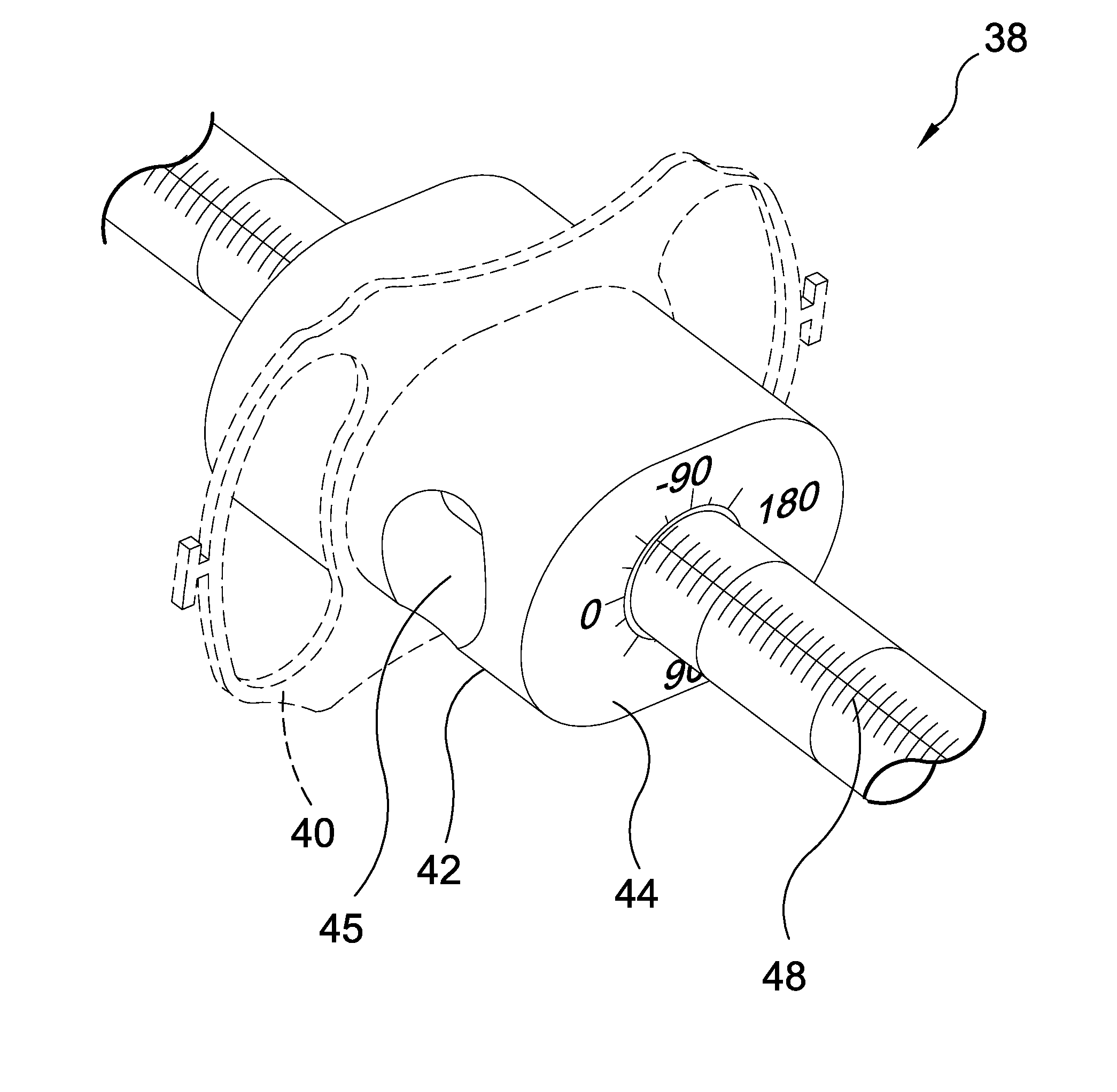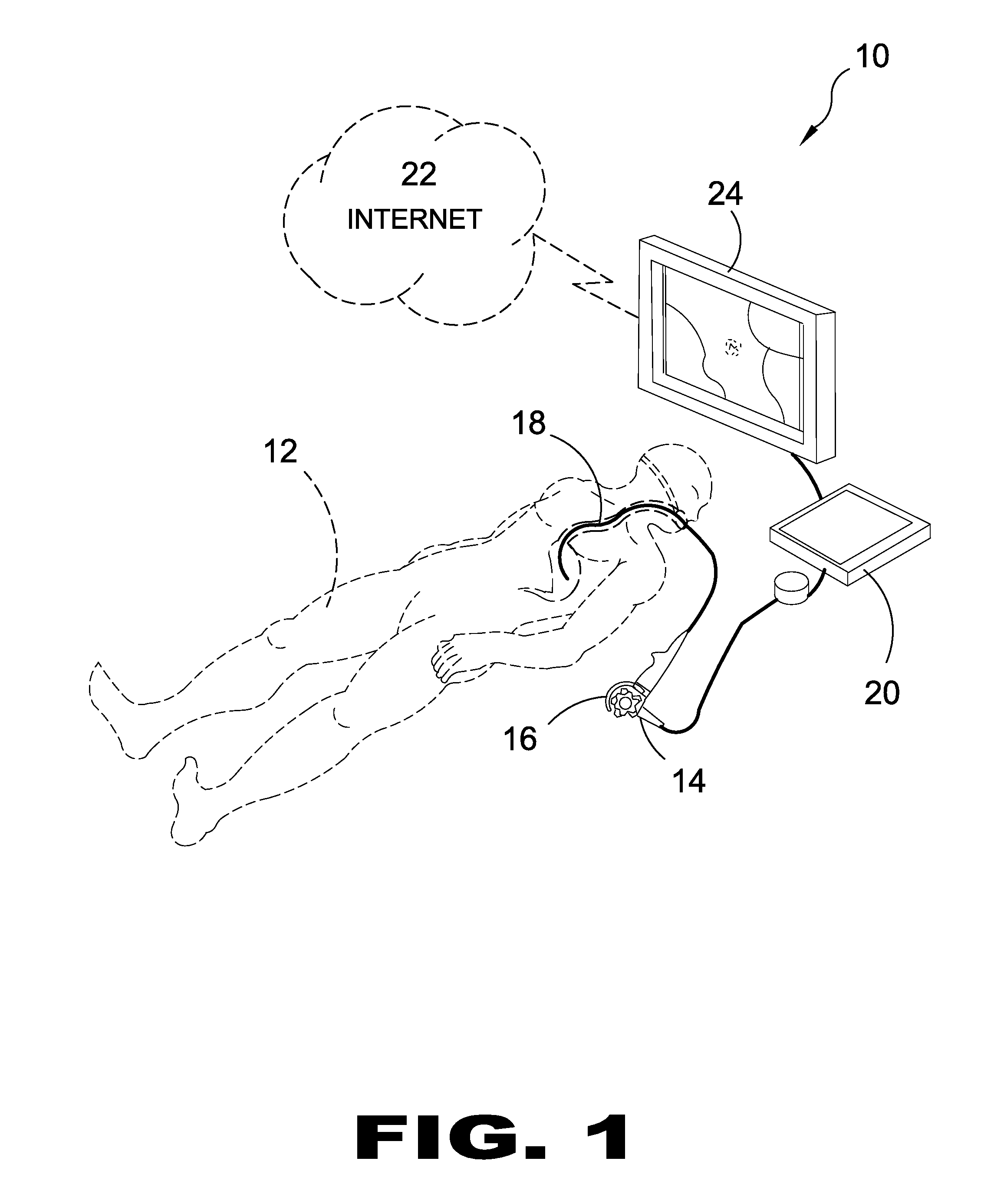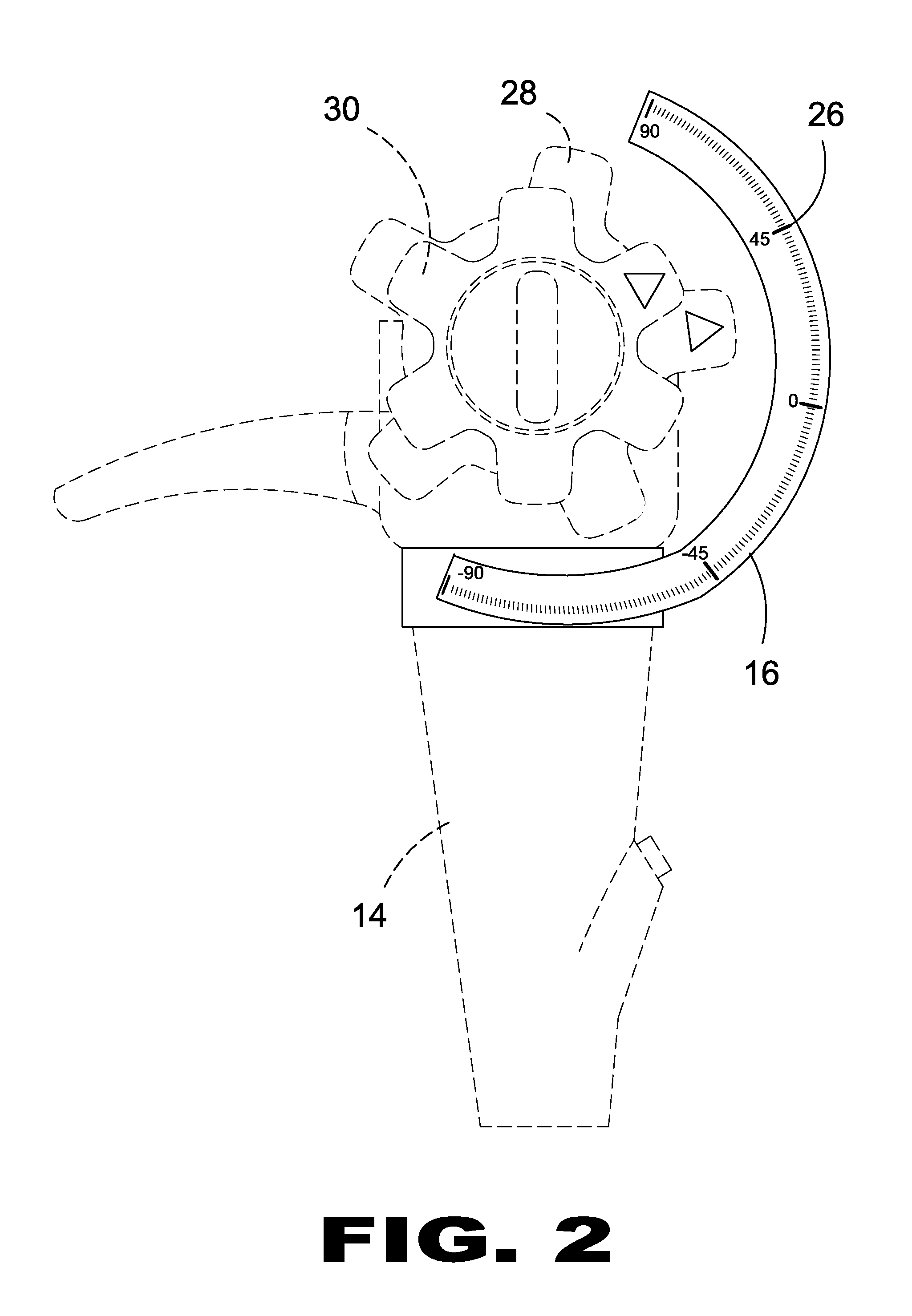Systematic Chromoendoscopy and Chromocolonoscopy As A Novel Systematic Method to Examine Organs with Endoscopic Techniques
a system and endoscope technology, applied in the field of medical procedures, can solve the problems of inability to detect disease, difficult to diagnose early cancer, and death in many countries
- Summary
- Abstract
- Description
- Claims
- Application Information
AI Technical Summary
Benefits of technology
Problems solved by technology
Method used
Image
Examples
Embodiment Construction
[0091]The following discussion describes in detail one or more embodiments of the invention. This discussion should not be construed, however, as limiting the invention to those particular embodiments, practitioners skilled in the art will recognize numerous other embodiments as well. For definition of the complete scope of the invention, the reader is directed to appended claims.
[0092]The present invention provides a new process for performing examination of the GI tract via Systematic Chromoendoscopy (SCE) and / or Systematic Chromocolonoscopy (SCC) as an advanced endoscopic technique characterized by a detailed, sequential and systematic photographic record (or video) of the entire gastrointestinal surface examined during an endoscopic procedure. Similarly to a computerized axial tomography (CT-Scan) for the study of abdominal masses, SCE / SCC performs an intraluminal scanning of the entire upper / lower gastrointestinal tract (hypopharynx, esophagus, stomach and duodenum up to the th...
PUM
 Login to View More
Login to View More Abstract
Description
Claims
Application Information
 Login to View More
Login to View More - R&D
- Intellectual Property
- Life Sciences
- Materials
- Tech Scout
- Unparalleled Data Quality
- Higher Quality Content
- 60% Fewer Hallucinations
Browse by: Latest US Patents, China's latest patents, Technical Efficacy Thesaurus, Application Domain, Technology Topic, Popular Technical Reports.
© 2025 PatSnap. All rights reserved.Legal|Privacy policy|Modern Slavery Act Transparency Statement|Sitemap|About US| Contact US: help@patsnap.com



